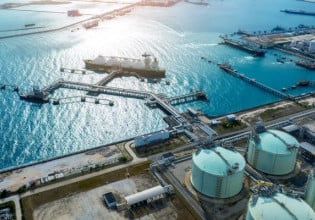A
I am going to specify instrument junction boxes for analog and digital signals in area with class 1, division 1 classification.
Explosion proof or Increased safety, which one is the best choise?
Explosion proof or Increased safety, which one is the best choise?






